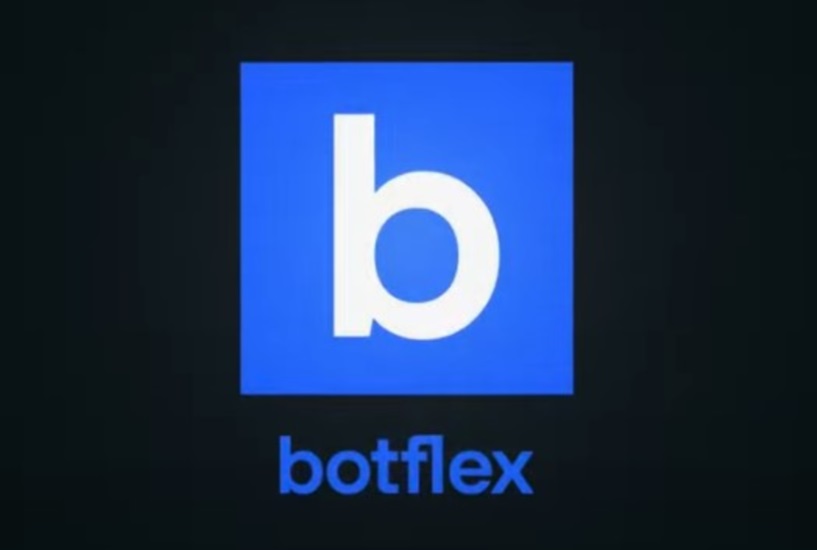The evolution of crypto trading automation: What you need to know in 2025

Automated trading on financial markets started modestly. In the early 2000s, when speed began to directly affect profitability, the first trading bots appeared. They operated based on fixed rules: buying assets when the price dropped by a certain percentage and selling when it rose. These simple algorithms were the first steps toward full-scale trading automation.
As technology advanced, trading bots began to consider more parameters. Trading volume, volatility, technical indicators, macroeconomic events — everything became a factor in decision-making. Algorithms became more complex, strategies more accurate, and the number of successful trades increased. Many funds and individual traders completely switched to automated solutions, freeing themselves from routine analysis and emotional decisions.
With the arrival of cryptocurrencies, trading automation reached a new level. Unlike traditional markets, crypto is traded 24/7, and manual trading quickly became inefficient. Bots gained the ability to work around the clock, switch between exchanges, instantly react to price changes, and execute hundreds of operations per hour. At the same time, the entry threshold dropped significantly — no licenses, expensive equipment, or institutional APIs were required.
Automation became the foundation for new businesses. More and more entrepreneurs realized that trading bots could not only be used for personal trading but also offered as a service. This led to the rise of platforms that allow launching a fully functional product: with user dashboards, strategy management, exchange connections, analytics systems, and monetization tools.
One of the best examples of such a solution is Botflex, a ready-made business platform — a whitelabel crypto trading bot designed to help you launch your own business in the automated crypto trading space. The platform enables you to create a service under your own brand without the need for coding. Everything is already in place: a user-friendly dashboard, exchange integrations, strategy support, multi-currency capabilities, risk management tools, and a full-featured interface. This allows you to focus on marketing and user growth instead of development.
Today, trading automation is no longer just about buying and selling. It’s a complete product where technology, analytics, and business strategy come together. While such solutions used to take years to build from scratch, now they can be launched in a matter of days. Thanks to platforms like Botflex, the trading bot business is now accessible to everyone.



